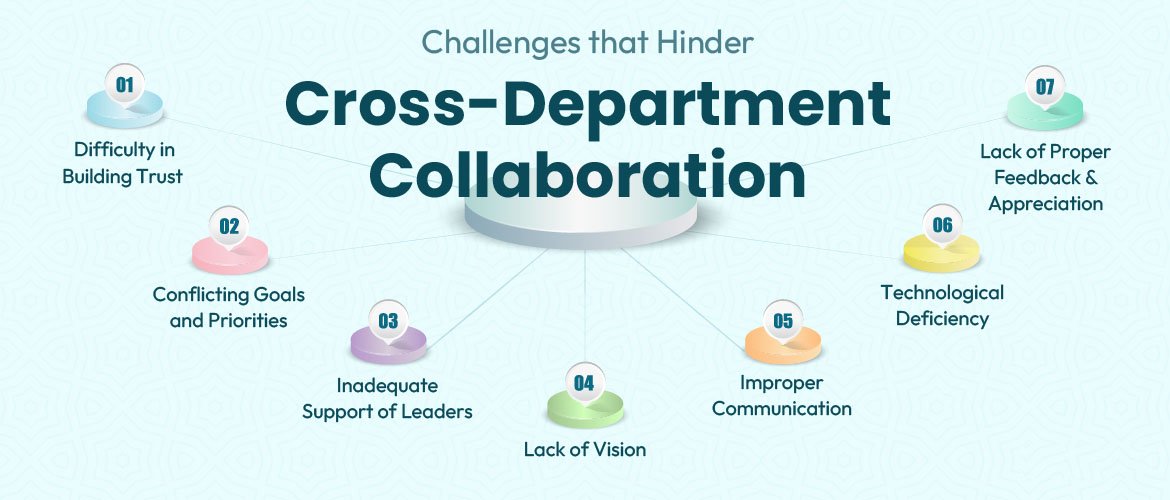Energy Efficient Air Quality Monitoring System
An air quality monitoring System (AQMS) for monitoring the concentrations of air pollutant
gases has been developed in compliance with IEEE1451.2 standard. The sensor array is
implemented using electrochemical sensors. The smart transducer interface module (STIM) is
implemented using the PIC18F4550 microcontroller. Network Capable Application Processor
(NCAP) implemented in LabVIEW 9.0 is based on the IEEE 1451.1 standard. The NCAP is
connected to the STIM through a USB 2.0 Transducer Independent Interface. The level of indoor
environment parameters and information regarding the STIM can be seen on the graphical user
interface (GUI) of NCAP. Sensors are recalibrated using the potentiometer adjustment technique
of signal conditioning circuits. The AQMS is low cost, energy efficient, and portable.
Energy and efficiency have now become an important concern for sustained growth and overall development. For a developing country like India, the situation is further grieved because major part of energy, to drive the economy, is imported. Today it is widely accepted that human activities are responsible for high level of pollution and climate change. United Nation Environment Program (UNEP) report states that buildings are using the lion’s share (40%) of the available global energy and are responsible for one third of global greenhouse gas emissions, both in developed and developing countries. The main source of greenhouse gas emissions from buildings and exponential increases the industry. Major greenhouse pollutant include CO2, CO, SOX, NOX, suspended particulate matter (SPM), Lead aerosol, volatile organic compounds and other toxicants . Several different studies reveal that when human beings come in contact these chemicals/pollutants, they have adverse effect on human health. These chemicals are responsible for diseases like lung cancer, pneumonia, asthma, chronic bronchitis, coronary artery disease and chronic pulmonary diseases.
In view of ever increasing pollution sources with toxic chemicals, these systems should have the facilities to detect and quantify the sources of pollution rapidly. In this paper a technique has been proposed and based on the proposed technique an air quality monitoring system has been developed. It is fully operational and follows IEEE 1451 standards and gives results with scientifically acceptable accuracy. It has added advantages such as portability, fast response time, easy to operate and low power consumption.
SENSORS
A gas sensor is a transducer that detects gas molecules and produces an electrical signal with a magnitude proportional to the concentration of the gas . There are five commonly used technologies for monitoring of gas and these are; electrochemical, solid state, infrared, catalytic bead, and photo ionization . More details of these sensor including their usage, life time, advantages and disadvantages are given elsewhere . The electrochemical gas sensors are capable of detecting different gases with high accuracy. These sensors have many advantageous aspects such as minimum power consumptions as compared to catalytic bead and semiconductor sensors, cost effectiveness and miniature size. These sensors are being extensively used in various applications like: automotive, consumer, commercial, industrial and indoor environment monitoring.
DEVELOPED AQM SYTEM
The developed air quality monitoring system (AQMS) is a complete real time monitoring and data recording system. It automatically measures and records the air quality and environmental parameter. The developed AQMS is based on IEEE 1451 standards [12,13]. The developed AQMS can measure and analyze the concentration of major air pollutant gases such as CO, CO2, SO2, and NO2. The STIM is linked to a Network Capable Application Processor (NCAP) PC through transducer independent interface (TII). The detailed block diagram and photograph of developed AQM system is shown in Fig.
SUBMITTED BY:-
MANISH PUROHIT
ASSISTANT PROFESSOR(S.S),
DEPARTMENT OF ECE,JIET

















